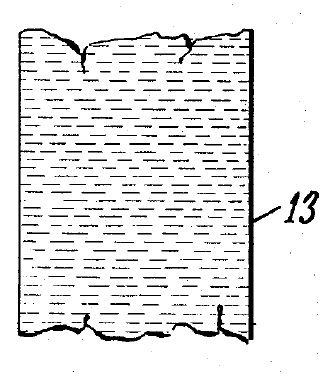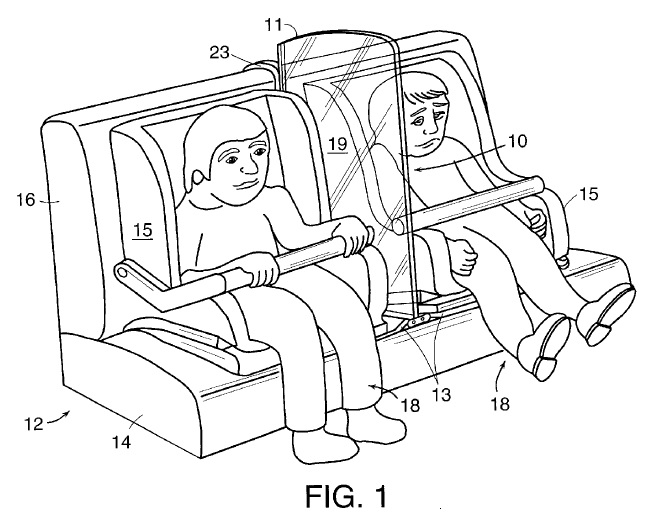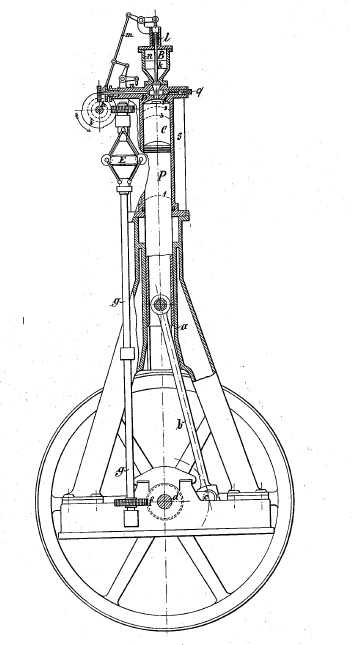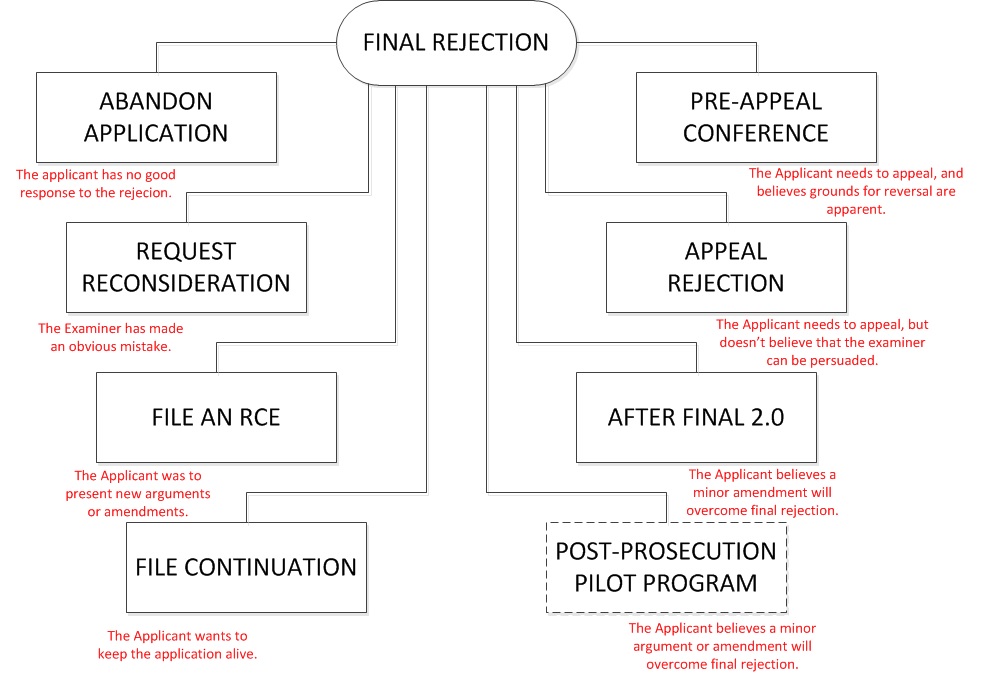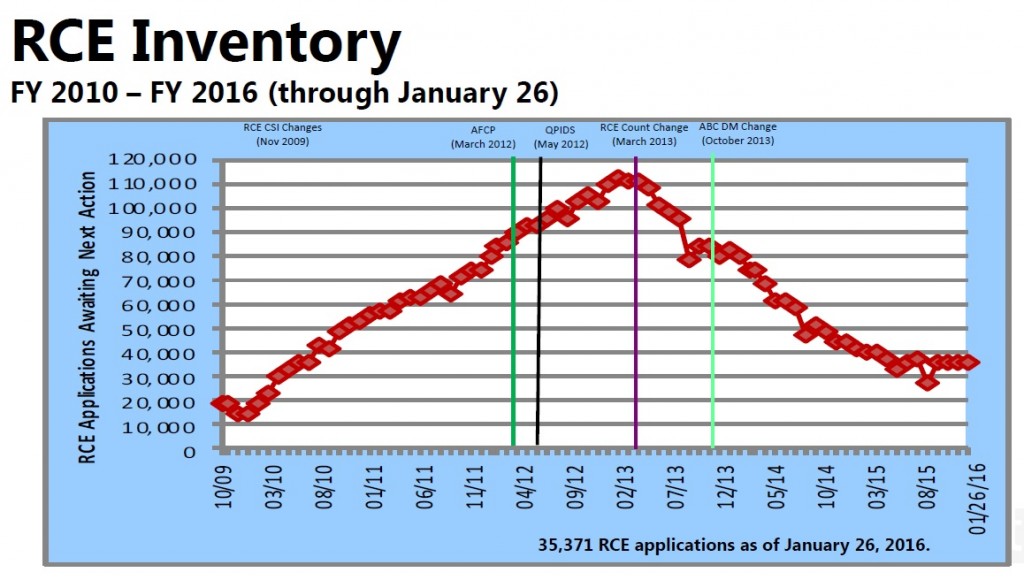In Electric Power Group, LLC, v. Alstom S.A., [2015-1778] (August 1, 2016), the Federal Circuit affirmed summary judgment of invalidity of U.S. Patent Nos. 7,233,843, 8,060,259, and 8,401,710, on systems and methods for performing real-time performance monitoring of an electric power grid by collecting data from multiple data sources, analyzing the data, and displaying the results.
The Federal Circuit noted that although lengthy and numerous, the claims do not go beyond requiring the collection, analysis, and display of available information in a particular field, stating those functions in general terms, without limiting them to technical means for performing the functions that are arguably an advance over conventional computer and network technology. The claims, defining a desirable information-based result and not limited to inventive means of achieving the result, fail under §101.
The Federal Circuit began with the familiar two-step analysis, noting that a claim falls outside § 101 where (1) it is “directed to” a patent-ineligible concept, i.e., a law of nature, natural phenomenon, or abstract idea, and (2), if so, the particular elements of the claim, considered “both individually and ‘as an ordered combination,’” do not add
enough to “‘transform the nature of the claim’ into a patent-eligible application.” The Federal Circuit said that the Supreme Court’s formulation makes clear that the first-stage filter is a meaningful one, sometimes ending the § 101 inquiry. The Federal Circuit explained that the first-stage inquiry looks at the “focus” of the claims, their “‘character as a whole,’” and the second-stage inquiry (where reached) as looking more
precisely at what the claim elements add—specifically, whether, in the Supreme Court’s terms, they identify an “‘inventive concept’” in the application of the ineligible matter to which (by assumption at stage two) the claim is directed.
The Federal Circuit reasoned that information as such is an intangible, and thus collecting information, including when limited to particular content (which does not change its character as information), as within the realm of abstract ideas. In a
similar vein, the Federal Circuit said that it has treated analyzing information by
steps people go through in their minds, or by mathematical algorithms, without more, as essentially mental processes within the abstract-idea category. Finally, the Federal Circuit added that it has recognized that merely presenting the results of abstract processes of collecting and analyzing information, without more (such as identifying a particular tool for presentation), is abstract as an ancillary part of such collection and analysis.
The Federal Circuit concluded that the claims are clearly focus on the combination
of abstract-idea processes. The Federal Circuit distinguished the Enfish, which involved computer-functionality improvements, with the current case which uses existing computers as tools in aid of processes focused on “abstract ideas.”
Moving on to Step 2, the Federal Circuit noted that limiting the claims to the particular technological environment was not sufficient. The Federal Circuit found nothing nothing significant to differentiate the claimed process from ordinary mental processes. The Federal Circuit said that the claims do not require a new source or type of information, or new techniques for analyzing it. As a result, they do not require an arguably inventive set of components or methods, such as measurement devices or techniques, that would generate new data. They do not invoke any assertedly inventive programming. Merely requiring the selection and manipulation of information—to provide a “humanly
comprehensible” amount of information useful for users, does not transform the otherwise-abstract processes of information collection and analysis. The Federal Circuit also found that there was nothing in how the steps were accomplishes, because the claims did require any nonconventional computer, network, or display components, or even a “non-conventional and nongeneric arrangement of known, conventional pieces,” but merely call for performance of the claimed information collection, analysis, and display functions “on a set of generic computer components” and display devices.
The Federal Circuit concluded that nothing in the claims, understood in light of the specification, requires anything other than off-the-shelf, conventional computer, network, and display technology for gathering, sending, and presenting the desired information.

